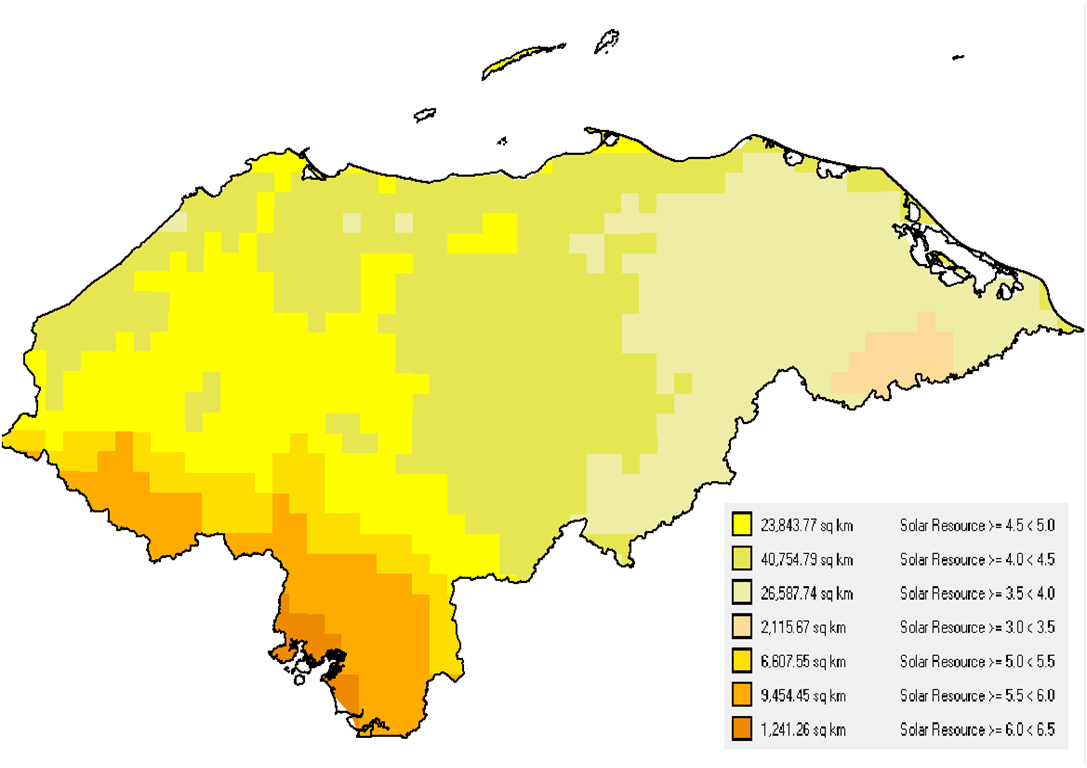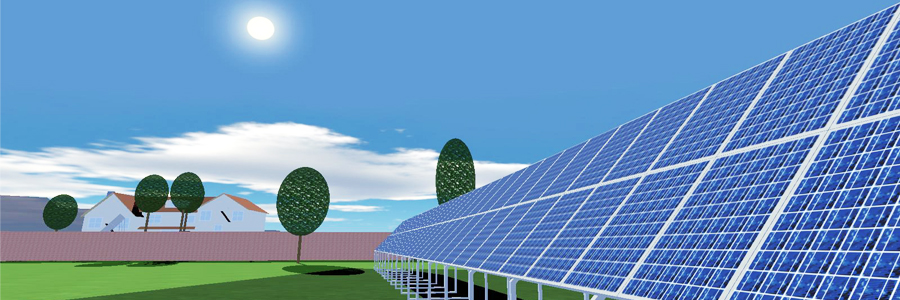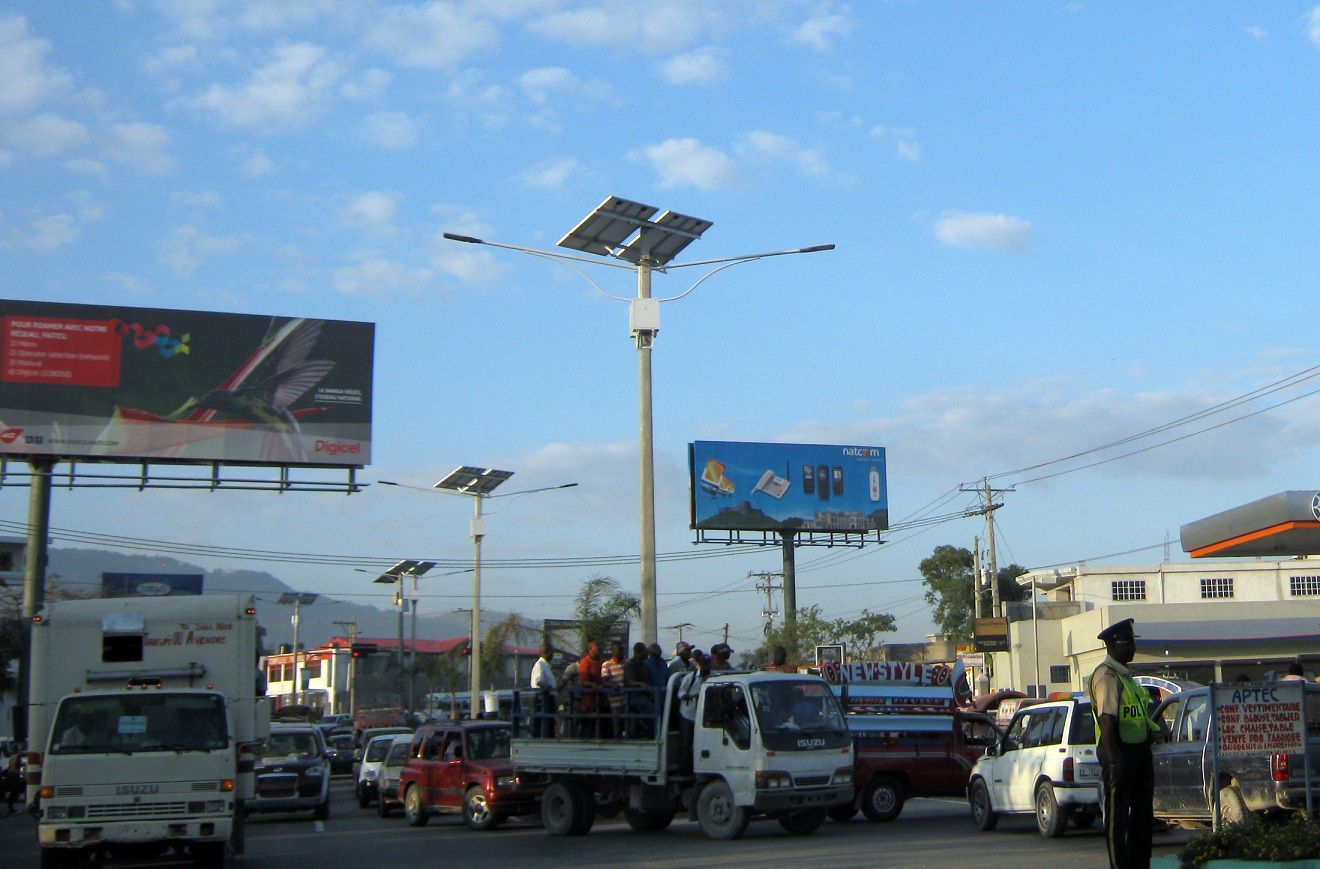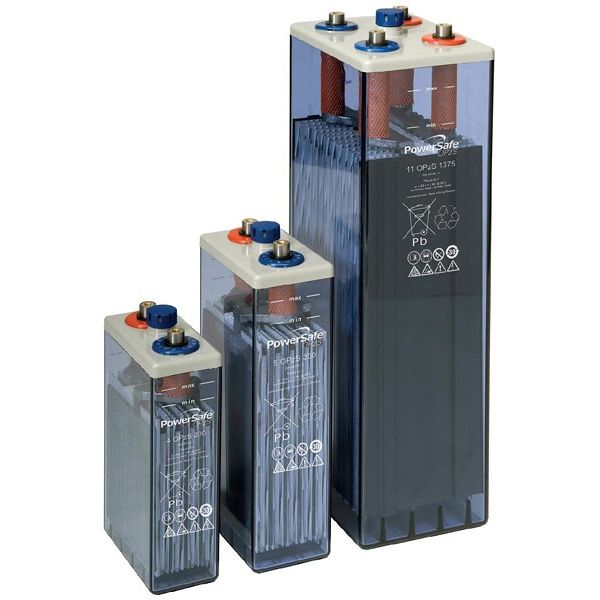Honduras is an example of energy matrix transforming in a country.
In 2007 renewable energies contribution to national energy demand was 6%.
In 2016 it was 65% and in 2025 it is expected to be 80%.
It is from August 1st, 2015 when renewable sources exceed the fossils, with the implementation of 12 photovoltaic solar plants (388 MW) in the departments of Choluteca and Valle.
Solar-based generation systems, located in 5 of the country’s 18 departments, represent 24% of country’s installed capacity.
In Choluteca department is the majority of them, with 40 solar plants, followed by Valle department with 9 solar plants, and of Yoro department with 7 solar plants.

Biomass has become a very profitable business for Honduran cane and sawmills that produce renewable energy from this technology, which involves using organic waste as a raw material to heat water and produce electrical energy with steam by using turbines.
Greatest cane generation is obtained from cane bagasse combustion.
It was once a problem to get rid of it and suddenly it has become a multimillion dollar business for sugarcane.
Most important wind farms are Mesoamerica (105 MW) and San Marcos (50 MW). A wind farm currently under construction will contribute 45 MW more.
Work is already being completed on Platanares geothermal plant (35 MW) in the department of Copán.
The generation-by-technology map reveals that hydroelectric plants generate more renewable energy with 1,921.44 MW, followed by solar plants (1,388.62 MW), wind farms (1,247.8 MW), and thermal plants (954.3 MW).
The amount of energy generated by geothermal and biomass plants is much lower.
In case of geothermal plants it amounts to 60 MW and in case of biomass plants to 97.66 MW.

The other side of the coin is reflected in data from Observatory of Natural Property and Human Rights (OBNDH) study published in 2015 indicating that in relation to acts of Human Rights violation, renewable energy generation companies advance entails an intrinsic violation of territories claimed as ancestral rights.
Tolupan, Garífuna, Miskito and Lenca are the most affected groups, according to the OBNDH study.
The study points out that for indigenous and Garífuna groups, for their organizations and human rights organizations, the Honduran State is the main responsible for making human rights situation in original groups territories so fragile.
All you need is Sun. All you need is Sopelia.

















